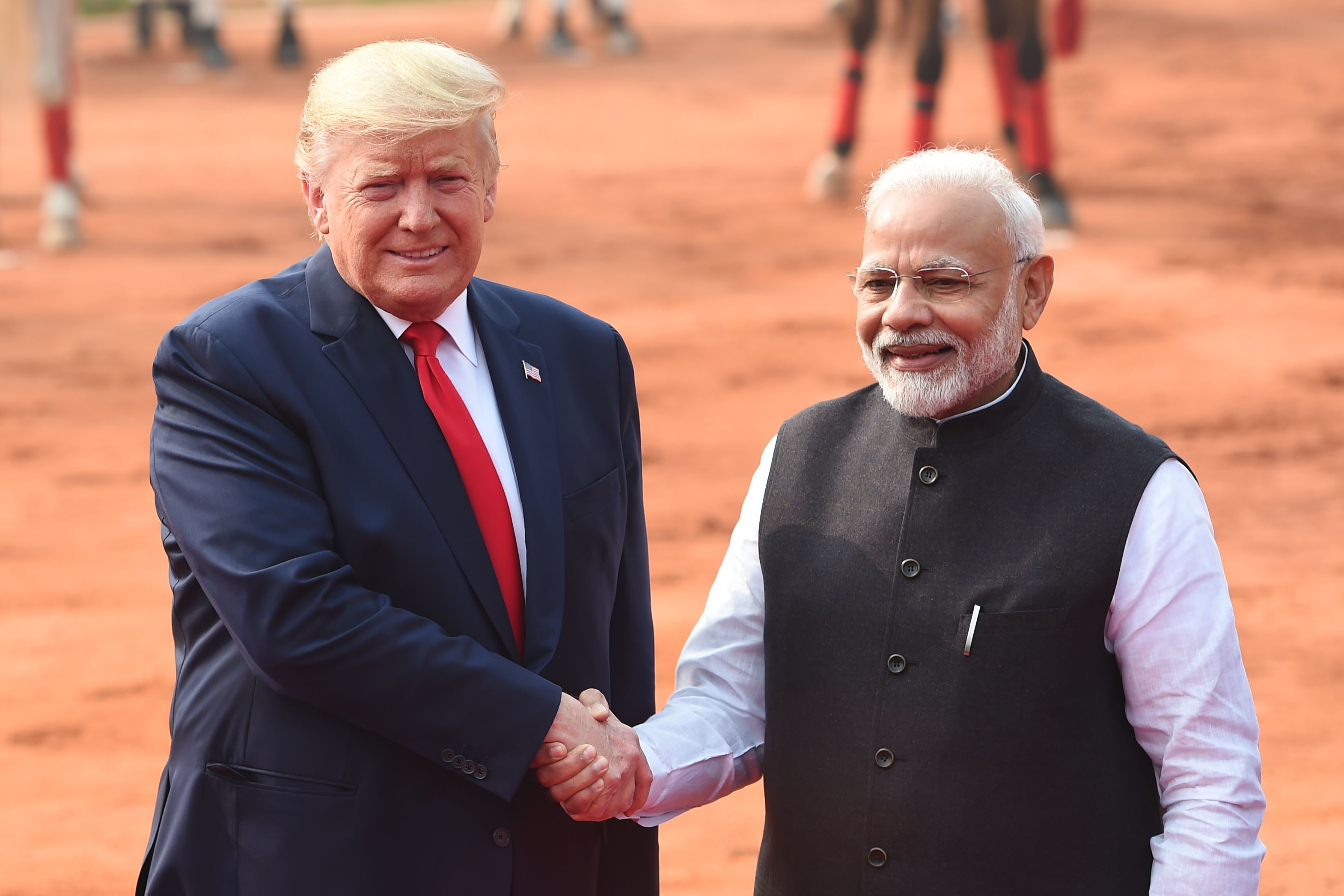For 14 years South Block mandarins sat on the agreements in the name of ‘strategic autonomy’ despite knowing advantages India would gain if these were signed.
New Delhi: With the signing of the Basic Exchange and Cooperation Agreement (BECA) for Geospatial Intelligence between the India and the United States last week, India-US military-to-military relationship—which is often described as the truest parameter to evaluate the diplomatic closeness between two countries—that was revived during the tenure of Atal Bihari Vajpayee, has now reached its zenith under Prime Minister Narendra Modi.
Serving and retired officials, who have been tracking the Indo-US developments, feel that the security benefits that India now stands to receive from the US are going to be “comprehensive” and the signing of the last of the four agreements is going to increase India’s military prowess significantly in the coming 2-3 years.
It was on 17 January 2002 when former Defence Minister George Fernandes, who was the Defence Minister in the BJP-led NDA government, signed the General Security on Military Information Agreement (GSOMIA), the first of the four defence foundation agreements or “facilitating agreements” with the US.
The agreement guaranteed that the two sides would protect classified technology that is shared between them and laid down the groundwork for further sale of US weapons to India. The agreement stated that information can only be shared between the US government and American companies with the Government of India and Defence Public Sector Undertakings (DPSU), but not with Indian private companies.
However, for the next 14 years, the rest of the three foundational agreements—the Logistics Exchange Memorandum of Agreement (LEMOA), the Communications Compatibility and Security Agreement (COMCASA) and the Basic Exchange and Cooperation Agreement (BECA) for Geospatial Intelligence—continued to be in discussion mode as mandarins at the South Block discussed and dissected how signing these foundational agreements would damage India’s foreign policy of “strategic autonomy”, as signing these agreements would lead to US assets stationing in India and making India a US base. And this despite being fully aware of the massive tactical and strategic advantages India would gain if the agreements were signed.
An argument was also forwarded that moving ahead with these agreements would also open India to multiple levels of foreign threats and attacks which the perpetrators may not be capable of carrying out on US soil, but will find it easier to execute in India.
After Narendra Modi came to power in May 2014, the discussions on LEMOA, which essentially talks about US and India providing each other with logistics support, supplies and services to each other’s military forces, were revived. And after all of India’s reservations and fears were allayed, and changes carried out in the agreement, the then Defence Minister Manohar Parrikar signed the agreement on 29 August 2016.
The US has similar agreements with multiple countries like Japan, Korea, Turkey, Italy, Philippines, South Africa and Malaysia and till now, no concerns from any of these countries, related to their territorial sovereignty or strategic autonomy being compromised, have ever come.
Then came the turn of Helicopter Operations from Ships other Than Aircraft Carriers (HOSTAC), which provides for strengthening maritime security. This was agreed to be implemented by then Defence Minister Nirmala Sitharaman and her US counterpart Jim Mattis on 27 October 2017 in the Philippines.
Almost a year later, on 6 September 2018, Sitharaman signed the much discussed and perhaps the most important agreement, apart from BECA, the COMCASA, which allowed the US government to give military grade tech avionics, communication systems without being concerned of its secrecy being compromised. Post COMCASA, India is now getting real-time high definition images and data and feeds from US assets in the sky that are keeping an eye on both India’s eastern as well as western borders.
The COMCASA has increased the capabilities of existing defence platforms like C130 Super Hercules, P-81 Poseidon aircraft, C-17 Globesmaster aircraft and has opened the doors for the US to sell armed drones, including the Sea Guardian, to India. Before COMCASA, Indian assets were not in a position to use secure voice networks used by US forces or other US allied forces during bilateral or multilateral exercises.
On 18 December 2019, Defence Minister Rajnath Singh and his US counterpart Mark Esper signed the Industrial Security Annex (ISA) which was added to the General Security on Military Information Agreement (GSOMIA). This has paved the way for exchange and protection of classified military information between Indian and US private companies engaged in defence production. Before the ISA, only government departments could exchange such information.
With the signing of BECA, India-US military ties have been strengthened like never before. It has laid down new rules of engagement for India’s neighbours

